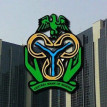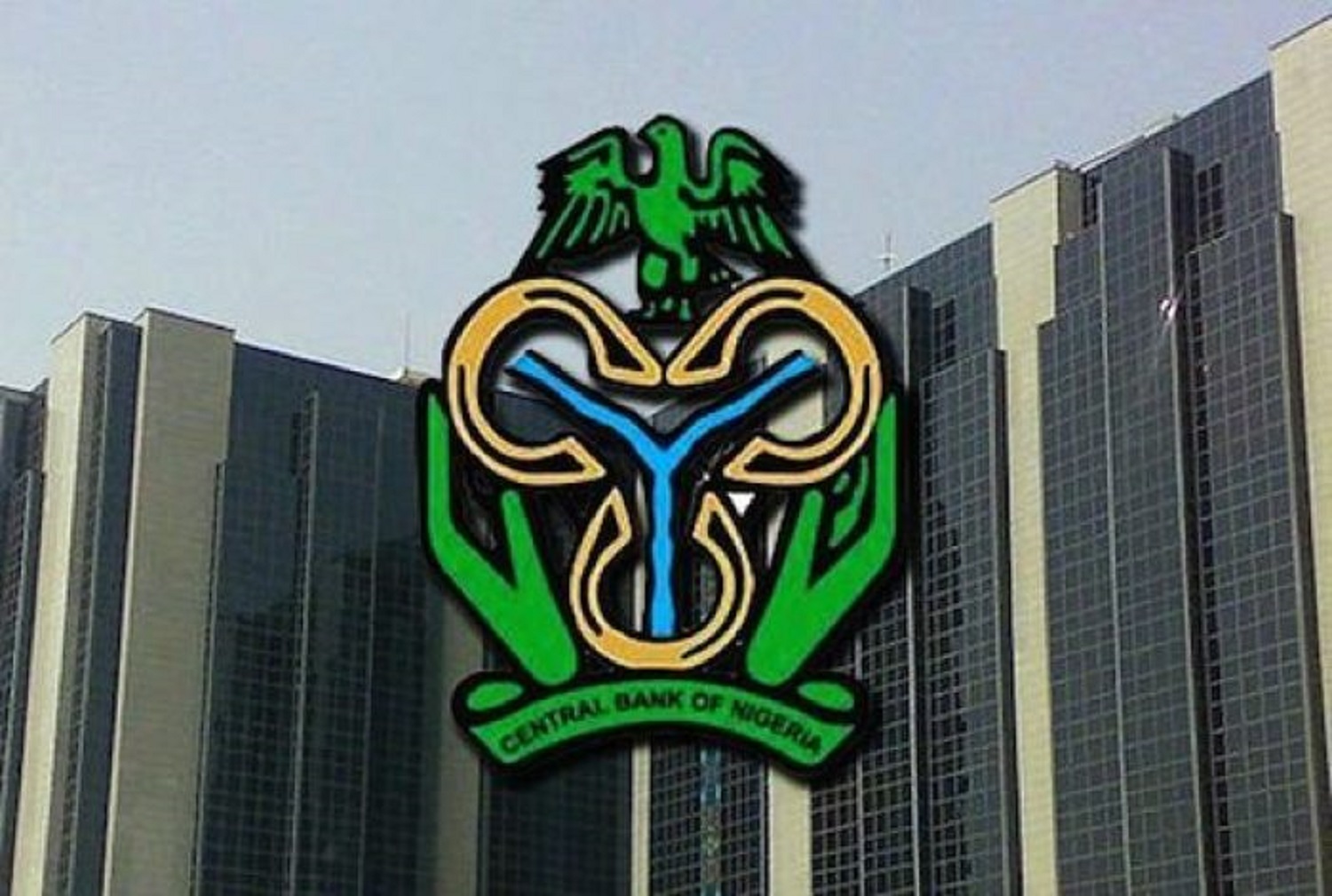

As deposit balance declines 57%
Cost of funds hits 2yrs high
By Babajide Komolafe
In apparent reflection of the intense scarcity of funds that prevailed in the interbank money market in April, banks’ borrowing from the Central Bank of Nigeria (CBN) rose by 174 per cent to N2.48 trillion from N904.6 billion in March. The banks’ deposits with CBN also declined significantly.
Banks borrow from the CBN through its Standing Lending Facility (SLF) to fund short term liquidity cash shortfall. They, however, deposit their idle cash in the apex bank’s Standing Deposit Facility (SDF).
Financial Vanguard findings in the CBN’s data release show that while banks’ borrowing through the SLF rose sharply by 174 per cent in April, their deposits with the apex bank through the SDF fell by 57 per cent to N169.74 billion in April from N392.37 billion in March.
READ ALSOGanduje extends retirement age for teachers, lecturers to 65
Scarcity of funds
The increased borrowing from CBN, Financial Vanguard learnt, by banks was driven by the intense liquidity squeeze that prevailed in the interbank money market in April.
The scarcity of funds was caused by huge outflows compared to inflows into the market during the month.
For example, the CBN mopped up N206.8 billion through Open Market Operation, OMO, treasury bill sales while it injected only N80 billion through matured bills.
Hence the market suffered net outflow of N127 billion via the apex banks’ OMO auctions.
This is in sharp contrast to the net inflow of N205 billion enjoyed by the market in March, when the apex bank injected N500 billion through matured OMO bills but mopped up N295 billion.
Higher Cost of funds
Reflecting the scarcity of funds created by this development, the average daily opening balance of the interbank money market fell by 31 per cent to N170.04 billion in April from N245.84 billion in March.
According to analysts at Financial Derivatives Company (FDC), “ For the first time since July 6, 2020, the opening position of banks was negative due to a highly illiquid market.”
Furthermore, the intense liquidity squeeze sent the cost of funds to the roofs. According to the CBN, the weighted average interest rate for collateralised lending (Open Buy Back, OBB) in the interbank money market rose to 32.63 per cent on April 16, the highest in two years, before retreating to 14.58 per cent on April 28th.
Similarly, data from FMDQ showed that interest rate on Overnight Lending in the interbank market shot up by 19.5 percentage points to 27.75 per cent on April 30th from 8.25 per cent on March 31st.
Following the same trend, interest rate on OBB lending shot up by 18.25 percentage points to 27.5 per cent at the end of April from 9.25 per cent on March 31st.
Analysts’ perspectives
Confirming this trend in their April 28th market review, analysts at Zedcrest Securities Limited, said: “Interest rates climbed higher for another consecutive session, despite OMO maturities of N40 billion, as local banks continued to camp at the CBN Lending window to fund their positions. System liquidity opened at N313 billion negative, the tightest levels seen since way back in September 2019. Funding from the CBN SLF & Repo windows by local banks increased by 40.81 per cent to N480 billion.”
The scarcity of funds also dampened activities in the secondary market for treasury bills as supply outweighed demand leading to decline in average prices while yields went up.
Confirming this in their April 30th market review, analysts at Cordros Securities Limited said: “The Treasury bills secondary market remained bearish as the average yield across all instruments expanded by 10 basis points (bps) to 6.6 per cent.”
Giving further insight, they explained, “Across the market segments, sell-offs of OMO instruments (the average yield was higher by 17bps to 7.9 per cent) drove the bearish performance, as market participants sold off in anticipation of renewed supply.”
Similarly, analysts at Zedcrest Securities, said, “The T-bills market remained bearish as tight system liquidity lingered in the money market. We saw offers on some selected maturities, mostly at the short end of the curve, as banks remained pressured by double-digit money market rates.”
Benefits to investors
Analysts at FDC however noted that this development was due to deliberate policy of the CBN aimed at pushing up interest rates on treasury bills.
“Policy authorities will continue to use the primary and secondary instruments to mop up excess liquidity and push up interest rates”, they said in the FDC Bi-Monthly Economic Bulletin.
“Higher interest rates will continue to support the shift away from equities to fixed income”, they projected.
This projection is supported by increased efforts by some investment firms to encourage more patronage of treasury bills by educating their clients on the rising trend in interest rates. This is reflected in an email note to clients by Afrinvest Securities.
“Yields in the T-Bills market have continued their upward trajectory over the past few weeks. This means that with as little as N100,000 you have access to yields as high as 5.4 per cent for 337 days”, they said.
The post Banks escalate borrowings from CBN by 174% to N2.4trn appeared first on Vanguard News.























0 Comments
Advertise your business here at cheap rate and get large audience to your market. Call/Msg Teemikemedia: 07060733664 to get started.